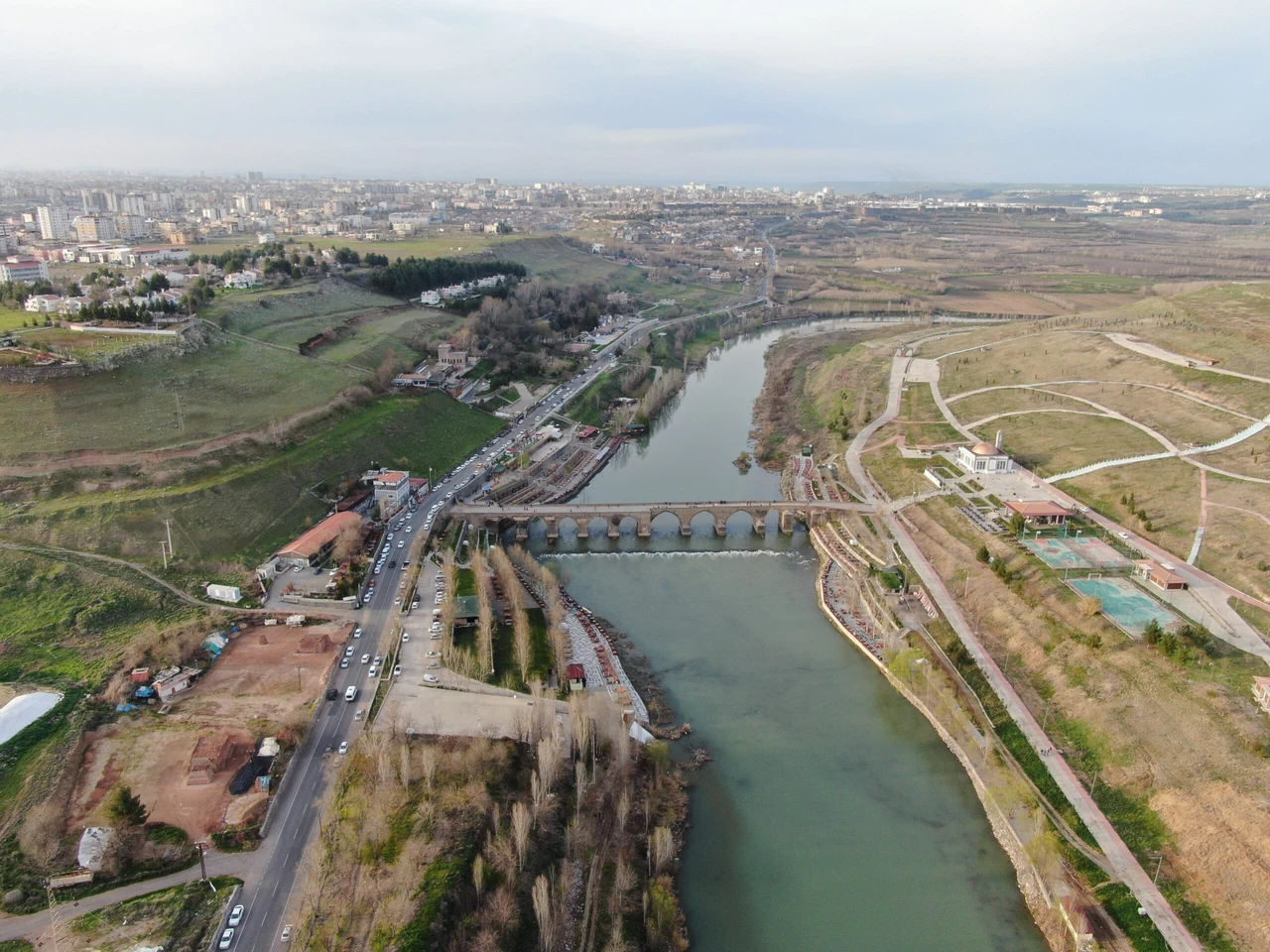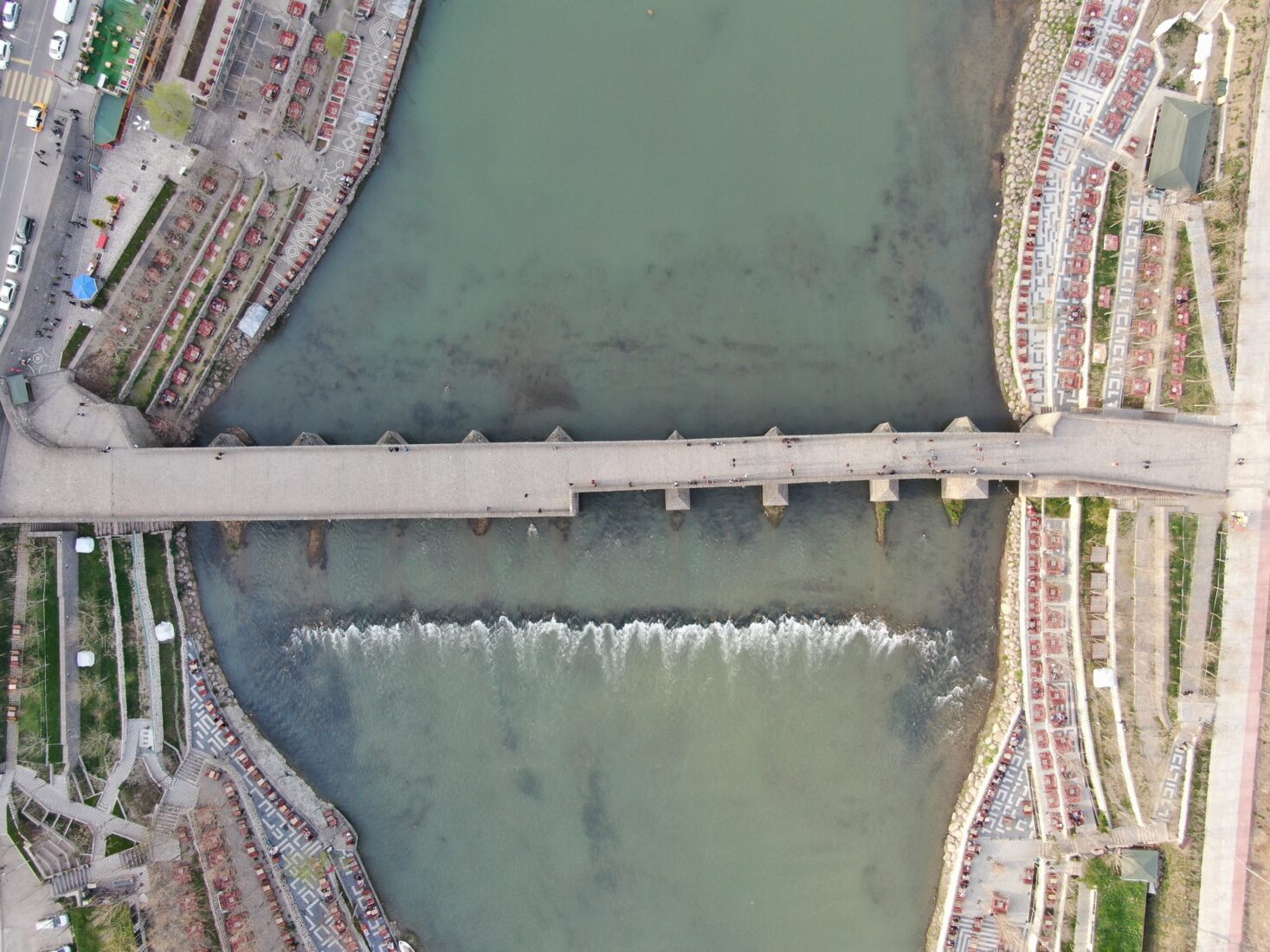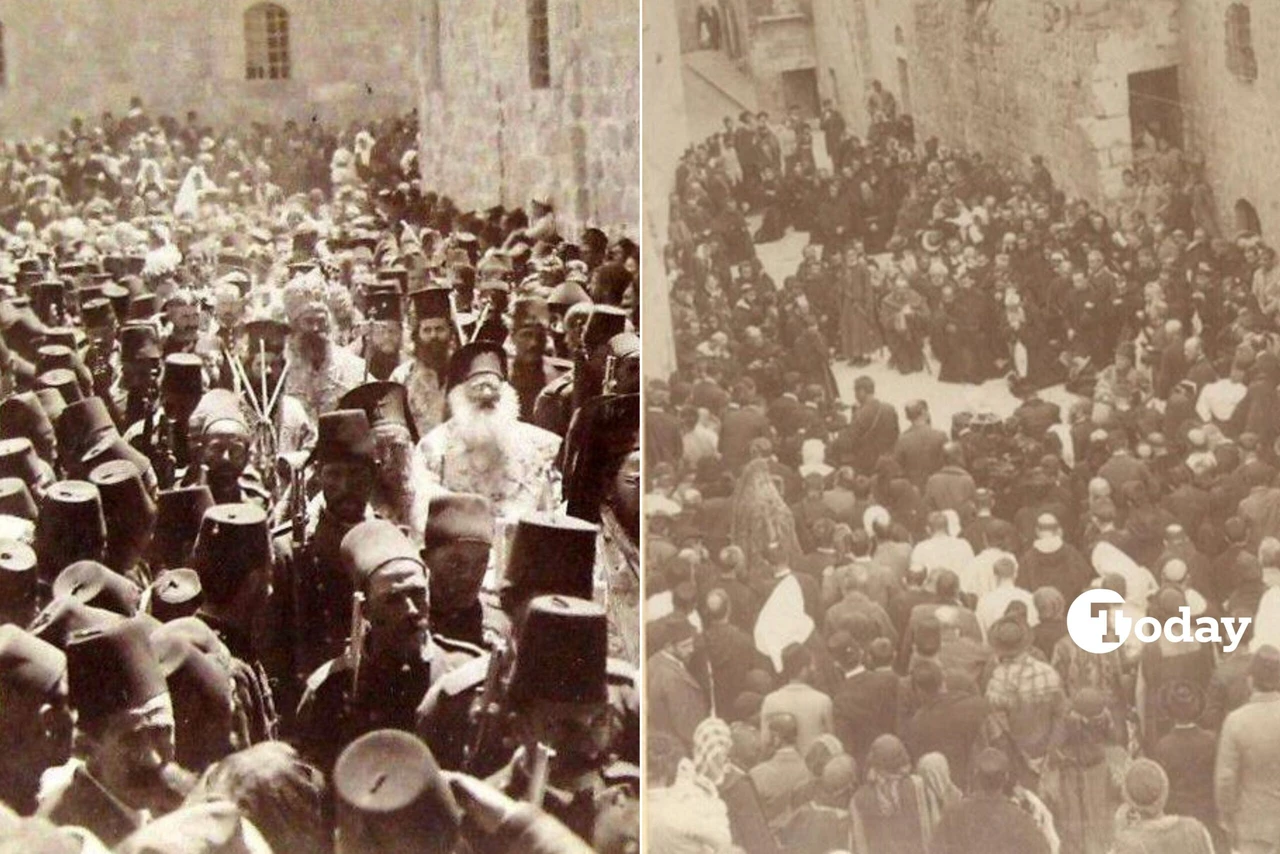AI recreates construction of Diyarbakir’s ancient walls, Ten-Eyed Bridge
 The construction of the 5,000-year-old Diyarbakir walls and the Ten-Eyed Bridge, both listed as UNESCO World Heritage Sites, has been digitally recreated using artificial intelligence, Türkiye, October 26, 2024. (IHA Photo)
The construction of the 5,000-year-old Diyarbakir walls and the Ten-Eyed Bridge, both listed as UNESCO World Heritage Sites, has been digitally recreated using artificial intelligence, Türkiye, October 26, 2024. (IHA Photo)
The 5,000-year-old Diyarbakir Walls and the iconic Ten-Eyed Bridge, both listed as UNESCO World Heritage Site, have been brought back to life through the power of artificial intelligence (AI).
The ancient structures, which have stood witness to 33 civilizations, continue to shed light on history with this modern digital recreation.
AI breathes new life into ancient structures
Diyarbakir, a city known for its rich historical heritage, houses many structures that tell the story of centuries past. The most notable among them are the 5,000-year-old Diyarbakir Walls and the Ten-Eyed Bridge, which have been digitally reconstructed using AI technology. This project not only showcases the architectural beauty of these structures, but also highlights the challenges faced during their original construction.
Adem Ulusoy, who has been exploring the possibilities of AI for nearly two to three years, spoke to Ihlas News Agency (IHA) about his passion for promoting the history, culture, and texture of Diyarbakir through this groundbreaking technology.
“When AI first emerged, it mainly focused on generating images. But over the past year, it has advanced to produce videos,” said Ulusoy, adding: “We are now at a point where it is almost indistinguishable from reality. I anticipate that in the near future, we will see AI being used in filmmaking. In my projects, instead of simply animating photographs, I crafted a text-based approach, providing instructions to bring these visuals to life.”
Reconstructing history: From Hurrites to Ottomans
The origins of the Diyarbakir Walls date back to around 2000 B.C. when they were first constructed by the Hurrites. Ulusoy emphasized the educational aspect of AI, stating, “One of the great things about this technology is that it helps you become familiar with history. From the Hurrites, the walls rose and were later maintained and expanded by the Persians, Romans, Byzantines, Muslims, Artuqids, Seljuks and the Ottomans, all the way to the present day.”
In his work, Ulusoy created two films focusing on these structures. “One film explores the construction of the walls, detailing the challenges encountered. The walls were made of basalt stone, formed from the cooling of lava erupted from Karacadag. We began the film by touching on this geological fact and then depicted the construction struggles as a kind of adventure,” he explained.

Story behind Ten-Eyed Bridge
After completing the film on the Diyarbakir Walls, Ulusoy shifted his focus to another significant structure in the city – the Ten-Eyed Bridge. Before starting the project, he researched the bridge, which was built by the Mervanids in 1065, according to historical records. “I blended historical data with a bit of my interpretation to create a compelling film,” said Ulusoy.
Describing the importance of the bridge, Ulusoy shared, “The Ten-Eyed Bridge was constructed to address the flooding of the Tigris River and to facilitate trade routes in the region. At the time, the Mervanid ruler ordered the chief architect to build the bridge. The date of its construction is even inscribed on the bridge itself. We must preserve our history. Just as our ancestors protected these heritage sites, we must continue safeguarding them.”
Preserving heritage through innovation
With these projects, Ulusoy hopes to inspire a broader appreciation for the rich history of Türkiye’s Diyarbakir. He envisions a future where AI can empower individuals to create their own films, write their own songs, and even author their own novels, all from the comfort of their homes.
“AI is reaching a point where everyone can sit back and produce their own creative works,” he added.
The reconstruction of these ancient structures using artificial intelligence not only demonstrates the power of technology but also serves as a reminder of the importance of preserving our cultural heritage for future generations.



